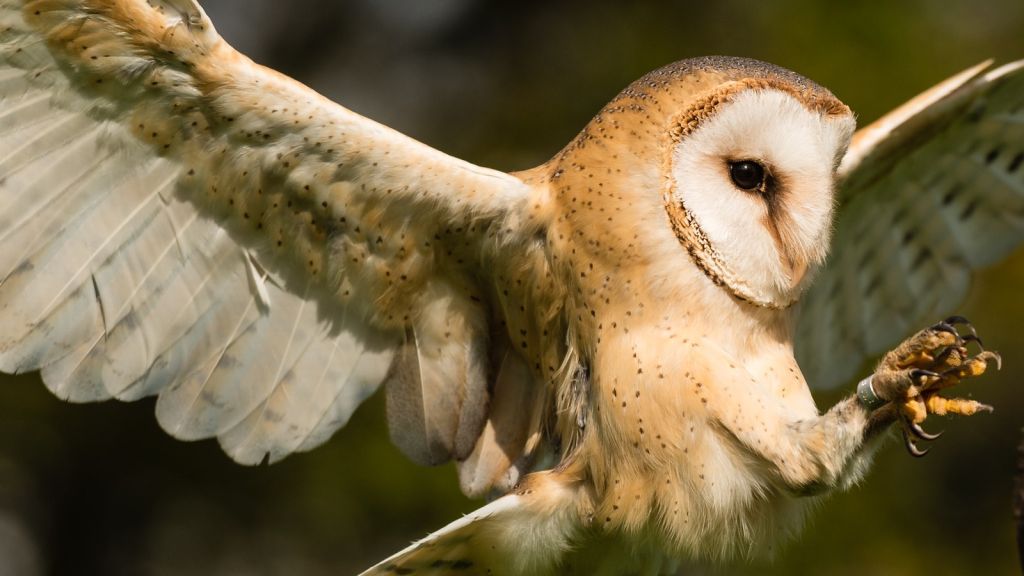When the sun sets and darkness falls, a whole new world comes to life. While humans struggle to see in the dark, many animals have evolved incredible adaptations that allow them to thrive in the night. These nocturnal creatures possess extraordinary night vision, enabling them to hunt, forage, and navigate with ease in near-total darkness. From the depths of the ocean to the heart of the jungle, these animals have developed unique eye structures and sensory abilities that give them a significant advantage in their nighttime pursuits.
Tarsier
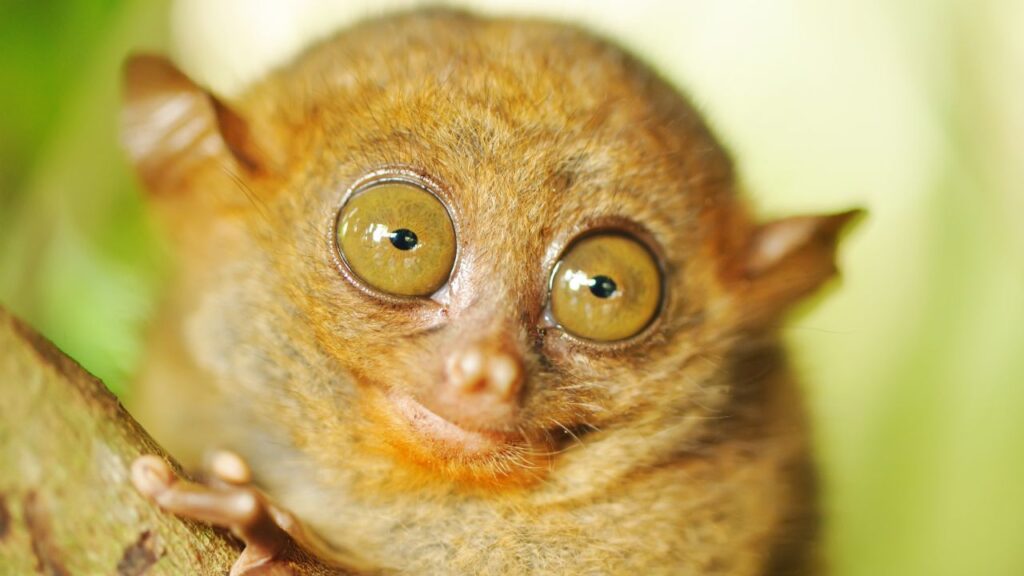
Tarsiers are tiny primates with enormous eyes that are literally bigger than their brains. These nocturnal hunters have eyes that are fixed in their skulls, so they must turn their entire heads to look around. Tarsiers’ huge eyes allow them to gather as much light as possible, giving them excellent night vision for spotting insects and small vertebrates in the dark forests of Southeast Asia.
Owl
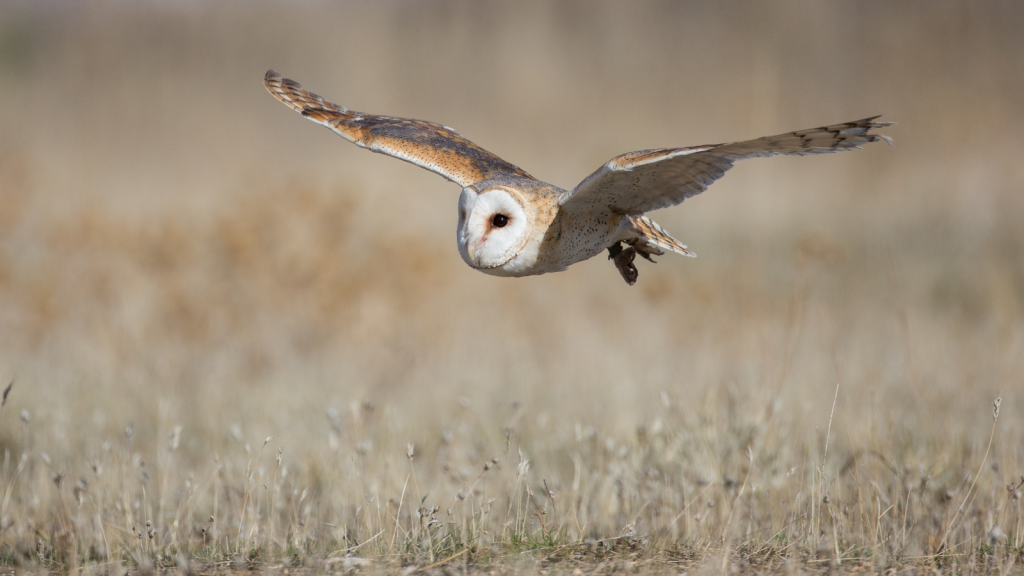
Owls are renowned for their exceptional night vision. Their large, forward-facing eyes are specially adapted to gather light, with pupils that can open extremely wide in low-light conditions. Owls also have a high concentration of rod cells in their retinas, which are sensitive to light and movement. This combination of features allows owls to spot prey from great distances, even on the darkest nights.
Kinkajou
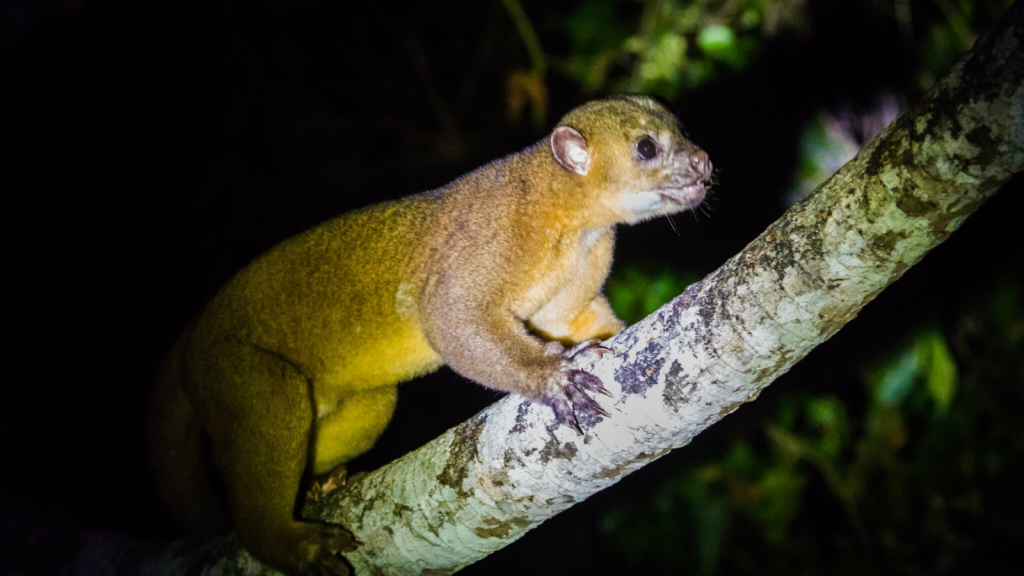
The kinkajou, a tree-dwelling mammal from Central and South America, has large, reflective eyes that shine brightly in the dark. These eyes contain a layer called the tapetum lucidum, which reflects light back through the retina, enhancing night vision. Kinkajous use their keen eyesight to navigate through dense forest canopies and locate fruit, their primary food source, in the dark of night.
Bush Baby
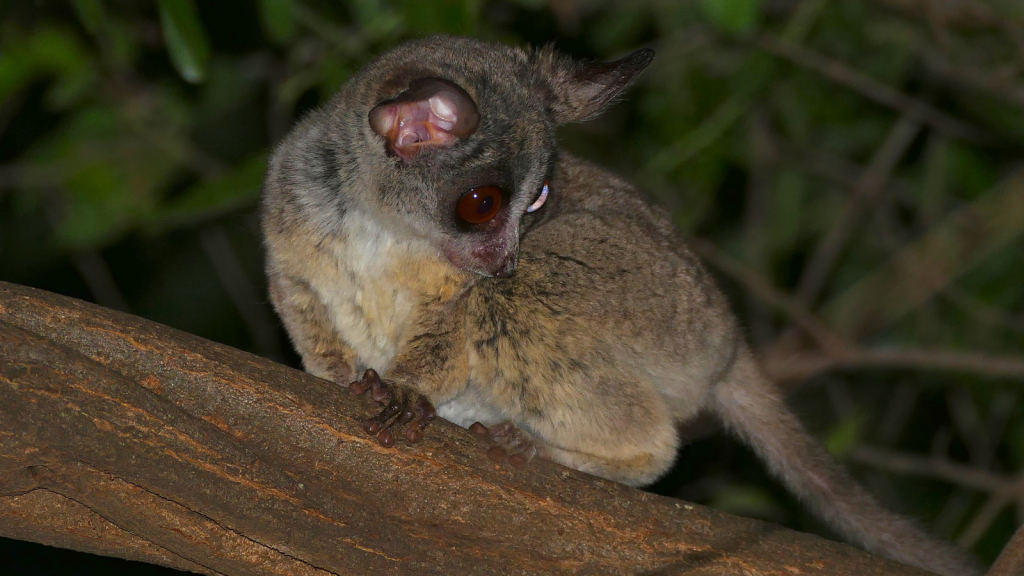
Also known as galagos, bush babies are small, nocturnal primates with enormous eyes that give them excellent night vision. Their eyes are so large that they can’t move them in their sockets, much like tarsiers. Bush babies’ eyes are highly sensitive to movement, allowing them to spot insects and small prey in the darkness of African forests.
Leopard
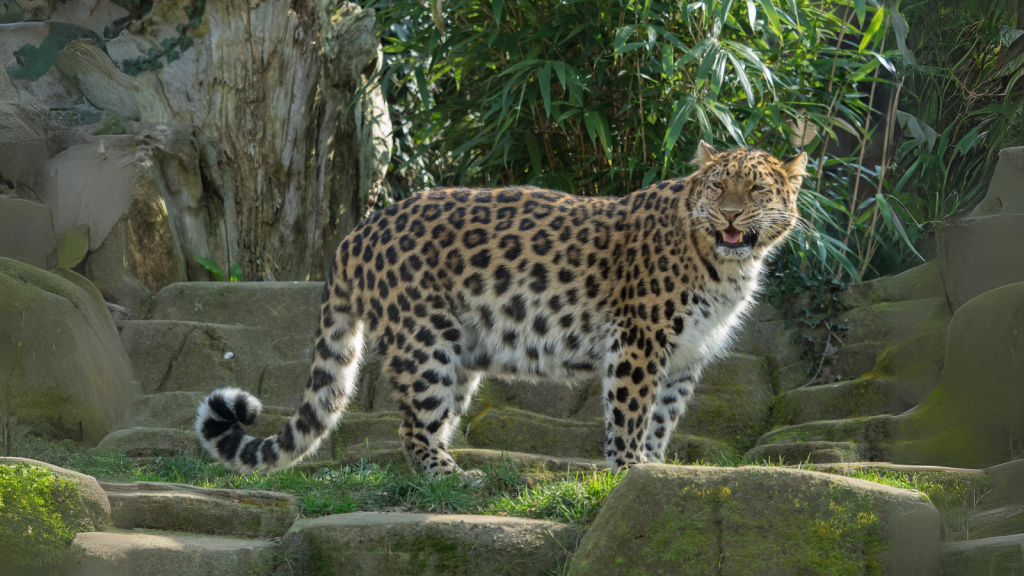
Leopards are skilled nocturnal hunters with eyes that are six times more sensitive to light than human eyes. Their pupils can dilate to let in maximum light, and they have a tapetum lucidum that reflects light back through the retina. This gives leopards a significant advantage when hunting at night, allowing them to spot prey in conditions that would leave humans virtually blind.
Dragonfish
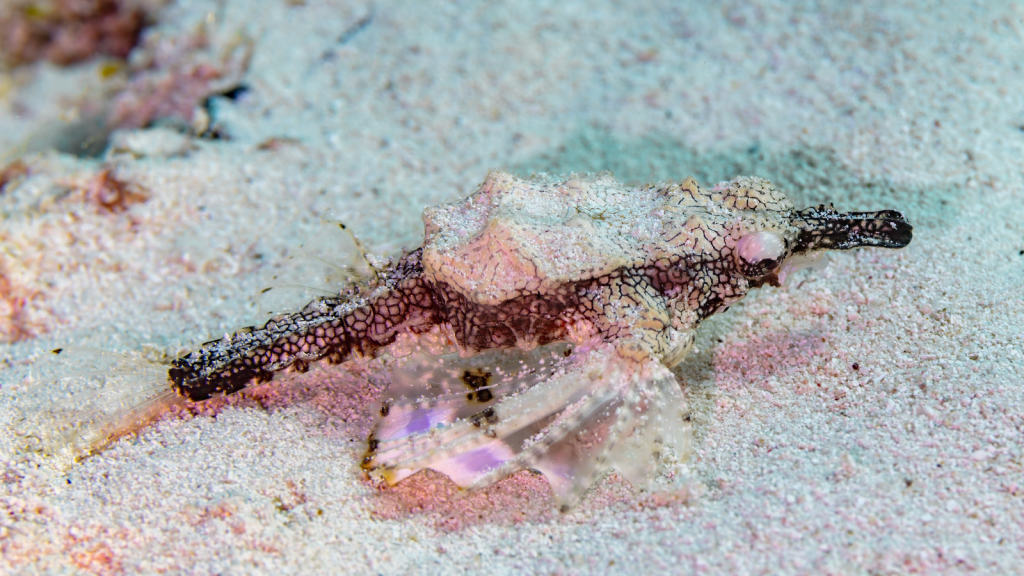
In the pitch-black depths of the ocean, the dragonfish has evolved a unique form of night vision. These fish produce their own red light through special organs near their eyes. Most deep-sea creatures can’t see red light, but the dragonfish can, giving them a secret spotlight to hunt by. This allows them to see their prey without being detected, a true superpower in the dark abyss.
Aye-Aye
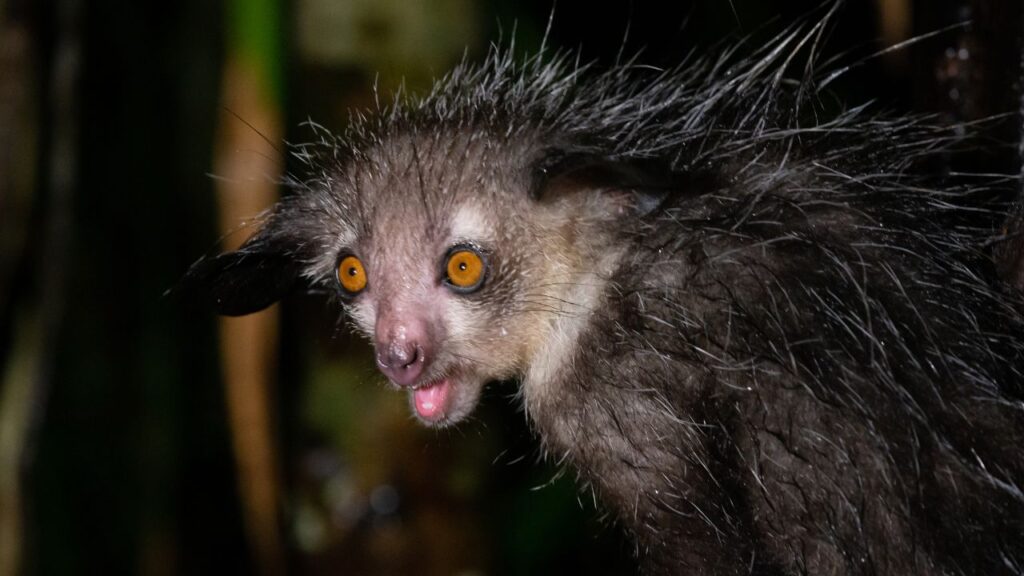
The aye-aye, a nocturnal lemur from Madagascar, has the largest eyes relative to body size of any primate. These enormous eyes give the aye-aye excellent night vision for foraging in the dark. Combined with their unique long, thin middle finger used for tap-foraging, aye-ayes can locate and extract insect larvae from tree bark with remarkable precision in total darkness.
Cuttlefish
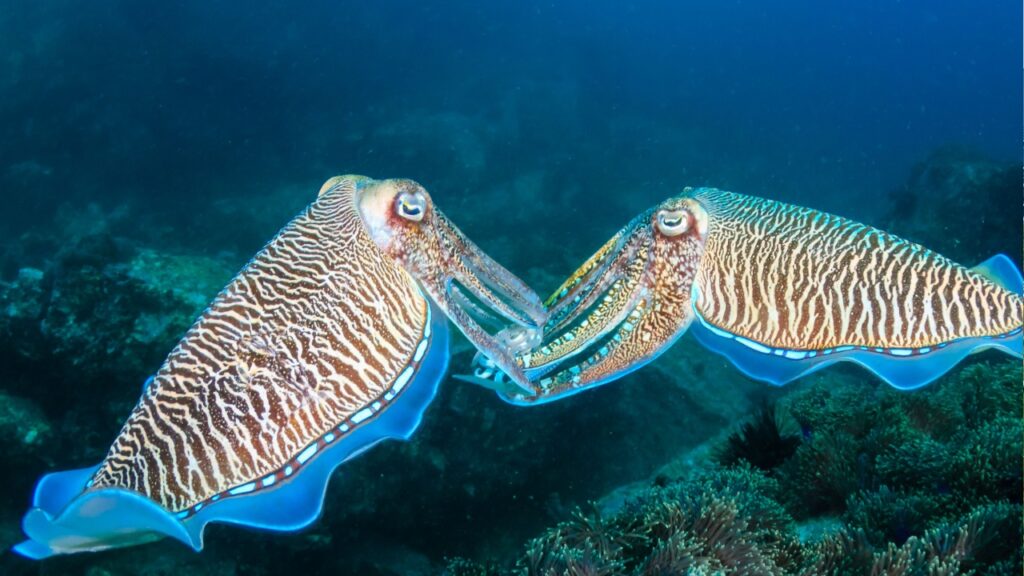
Cuttlefish have some of the most sophisticated eyes in the animal kingdom. Their W-shaped pupils can rapidly change size to adjust to different light levels, allowing them to hunt effectively both day and night. Cuttlefish eyes also contain a unique structure that eliminates the “blind spot” found in most animals, giving them a full field of vision even in low light conditions.
Raccoon
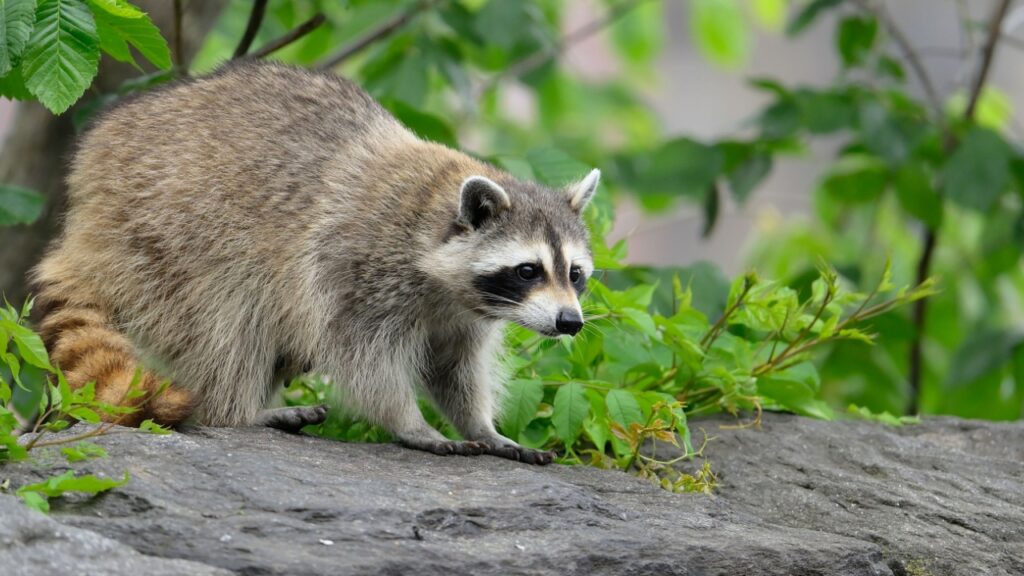
Raccoons are well-known for their nocturnal habits and distinctive “masked” appearance. Their eyes have a tapetum lucidum, which reflects light and enhances their night vision. Raccoons’ eyes are also surrounded by black fur, which acts like a football player’s eye black, reducing glare and improving contrast in low light conditions. These adaptations make raccoons expert night-time foragers in both urban and wild environments.
Cave Dwelling Fish
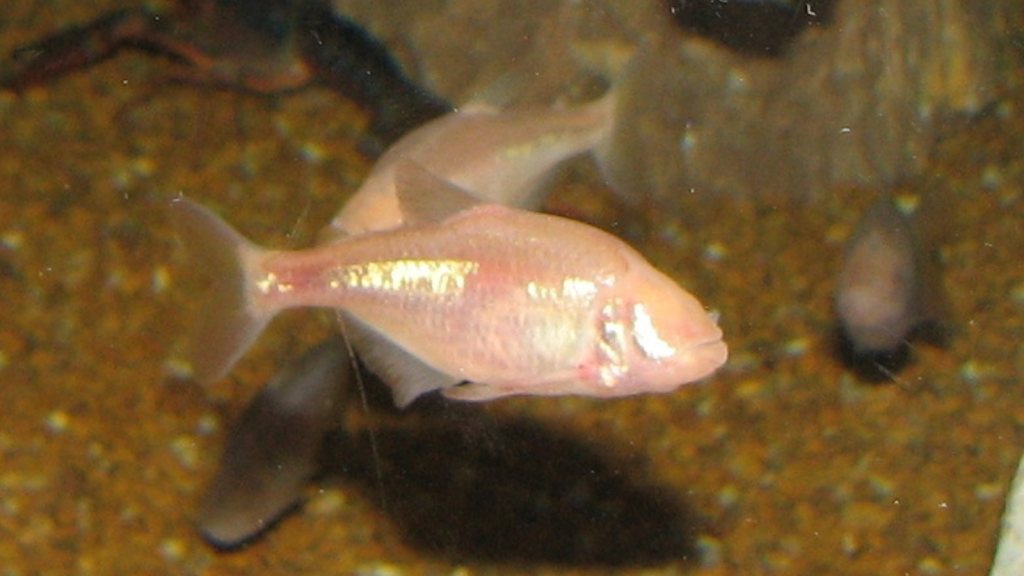
Several species of fish living in dark caves have evolved extraordinary adaptations for navigating without light. For example, the Mexican blind cavefish has lost its eyes entirely but developed an enhanced lateral line system. This allows them to detect minute changes in water pressure, effectively “seeing” their environment through touch. While not technically night vision, it’s an incredible adaptation for life in perpetual darkness.
Hawk Moth
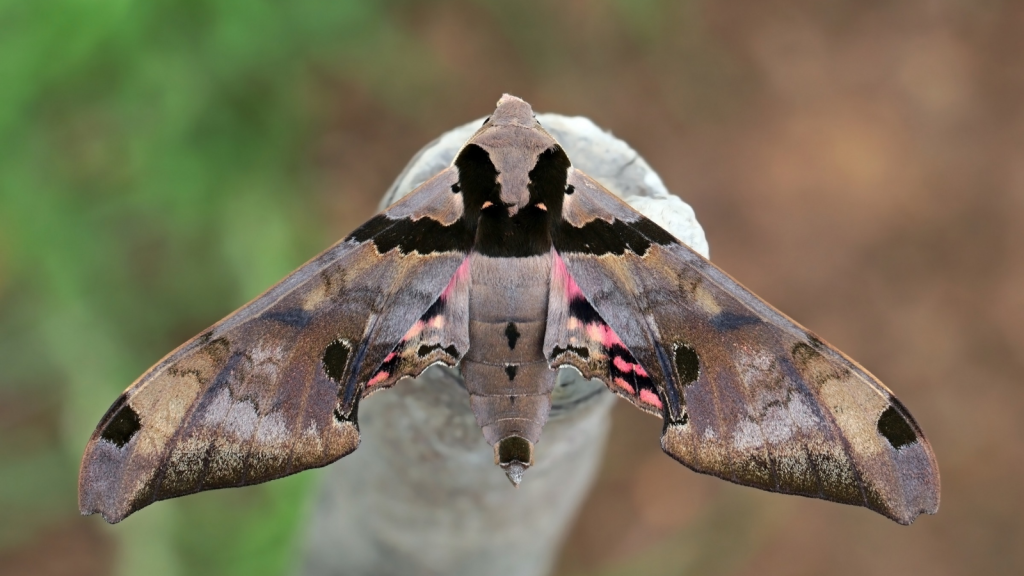
Hawk moths, also known as sphinx moths, have remarkable night vision that rivals that of many vertebrates. Their compound eyes contain light-gathering structures called superposition ommatidia, which allow them to see clearly in very dim light. Some species of hawk moth can even see color at light levels where humans can barely see at all, enabling them to find nectar-rich flowers in the dark.
Kangaroo Rat
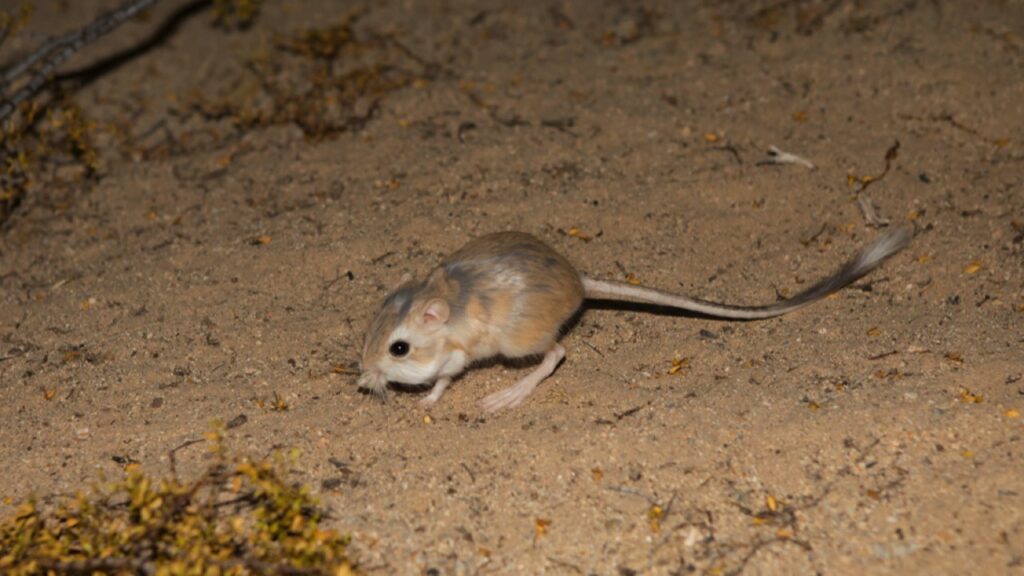
Kangaroo rats are desert-dwelling rodents with large eyes adapted for nocturnal life. Their eyes contain a high concentration of rod cells, which are sensitive to low light levels. This allows kangaroo rats to detect predators and forage for seeds in the darkness of desert nights. Their excellent night vision, combined with their powerful hind legs for jumping, helps them evade predators like owls and snakes.
Leaf-Nosed Snake
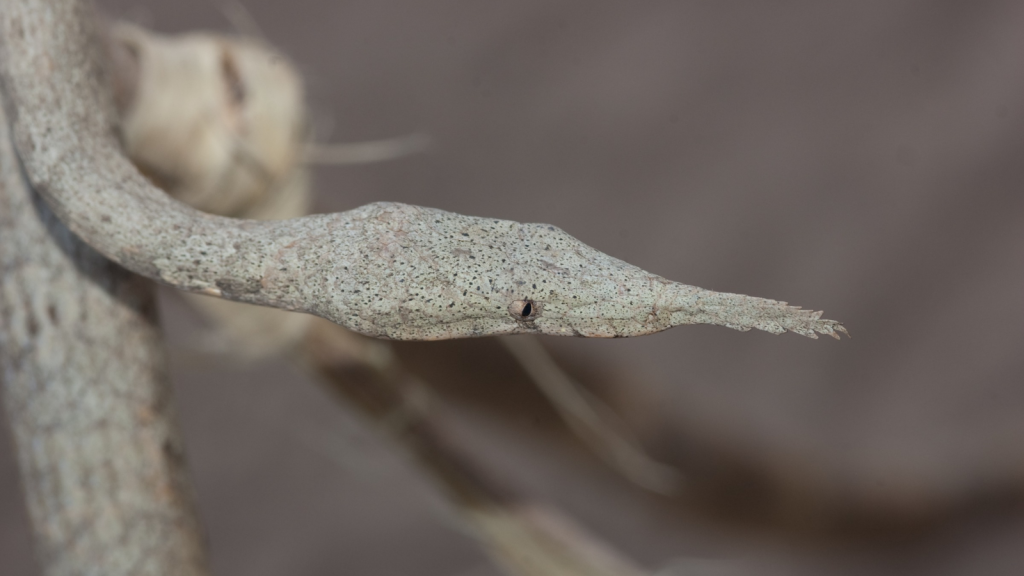
Many snake species have good night vision, but the leaf-nosed snake takes it to another level. These snakes have heat-sensing pit organs between their eyes and nostrils, allowing them to detect the body heat of their prey in total darkness. While not technically “vision,” this infrared sensing ability gives leaf-nosed snakes a detailed thermal image of their surroundings, making them incredibly effective nocturnal hunters.
Oilbird
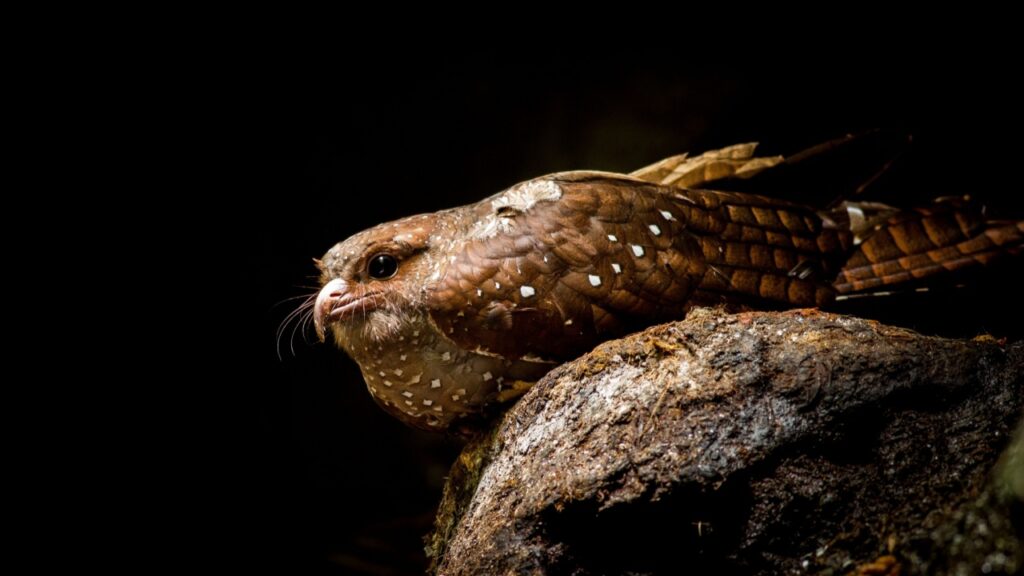
Oilbirds are unique among birds for their ability to echolocate, much like bats. However, they also have excellent night vision. Their eyes are highly sensitive to low light levels, allowing them to navigate through dark caves and forests. Oilbirds use a combination of echolocation and night vision to find their way and locate fruit, their primary food source, in the darkness of night.
Flashlight Fish
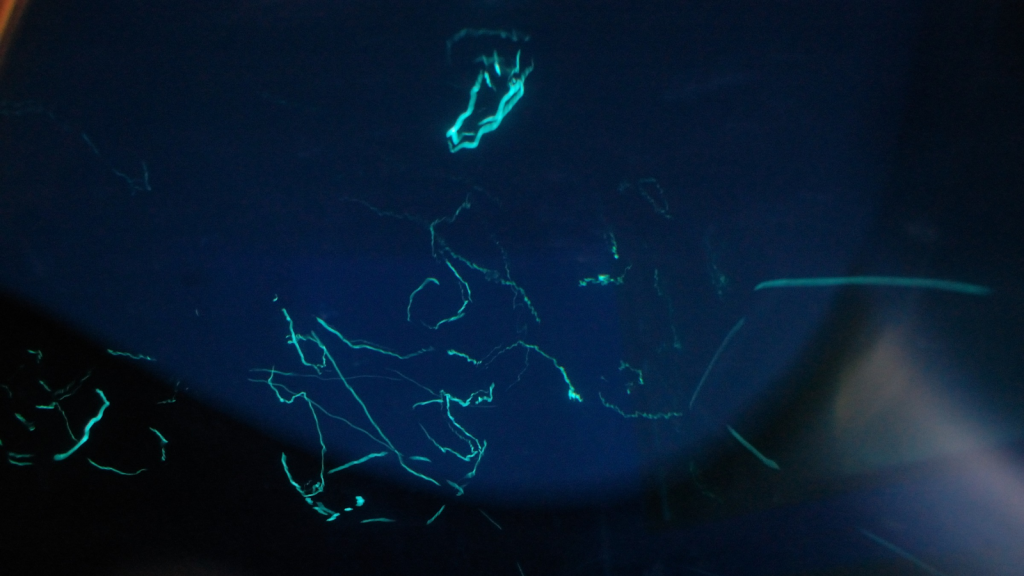
Flashlight fish have a bioluminescent organ under each eye that contains light-producing bacteria. They can blink these “flashlights” on and off, using them to communicate, attract prey, and confuse predators. While the light isn’t used directly for vision, it allows flashlight fish to see their surroundings in the dark ocean depths by illuminating objects around them. This unique adaptation gives them a significant advantage in their deep-sea habitat.

